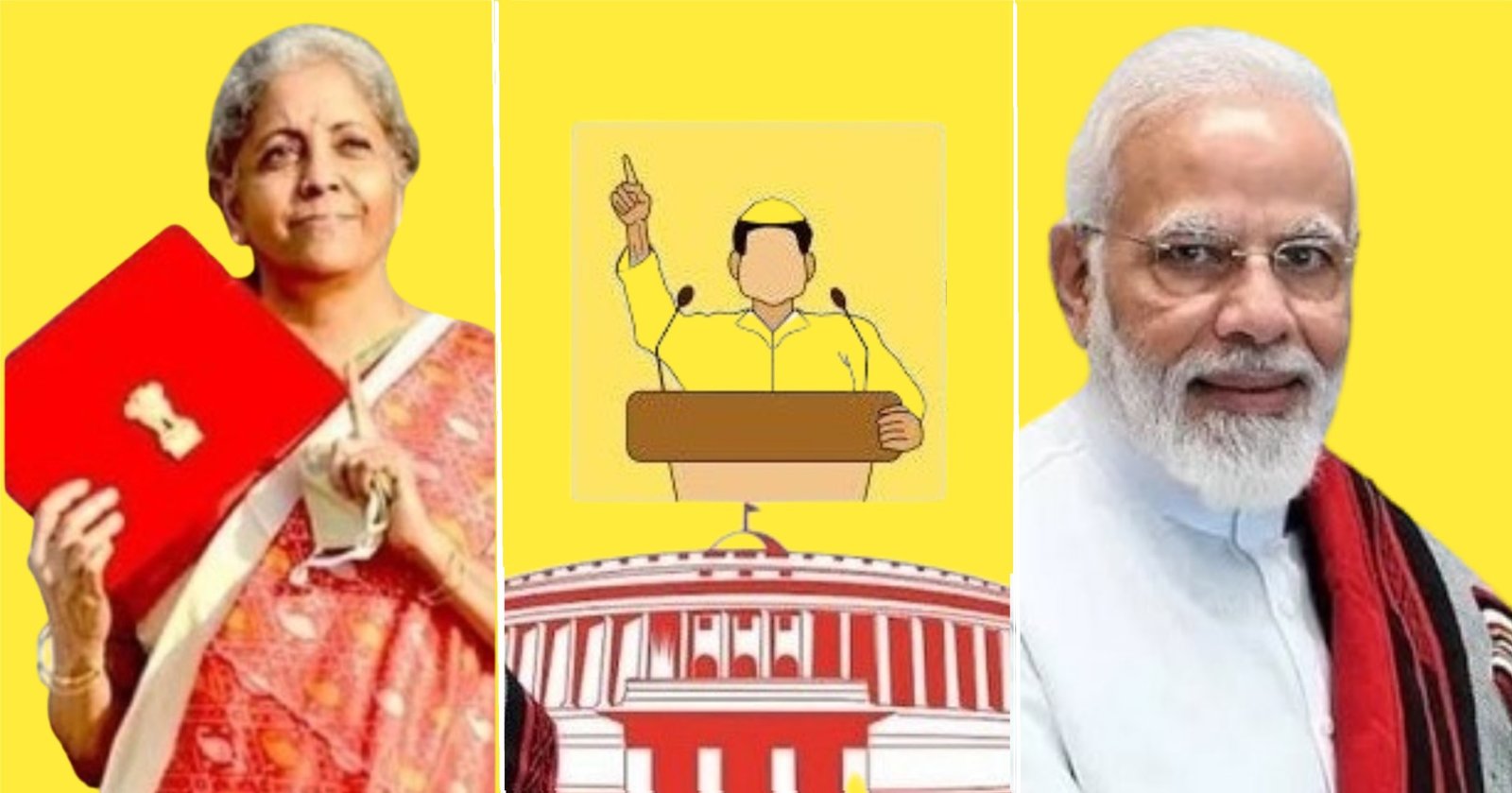T solutions in India to offer enhanced job domains
- Venkatesh Raghavan
- Jun 11, 2022

Viren S Sashital
MUMBAI: India has come a long way from the socialist era that favoured the license and permit Raj during the sixties to a vibrant industrial hub that houses many start-ups, especially those belonging to the IT solutions category. In fact, the IT revolution that ushered in an era of high salaries and lucrative businesses after the initial impetus was given by late Prime Minister Rajiv Gandhi in the late eighties has come a long way over the decades. Many software majors including Infosys, Wipro, Patni and others have earned their space in the global IT markets. Handling products in the software domain in addition to custom development has transformed the Indian economy from being underdogs to a stage where our country can vie to stay globally competitive.
Our senior journalist, Venkatesh Raghavan chatted with an industry veteran and senior management trainer, namely Viren S Sashital over the ups and downs the Indian IT industry has witnessed ever since computers were ushered into the global markets. Having completed his post-graduation from Canada and specializing in both statistics as well as the dynamic IT domain he continues to nurture professionals from the top IT-based coaching institutions.
Narrating the changes and transformations that the Indian and global software industries have undergone over the decades, he picked up a thread from the sixties. “The business of software services began in the early 60s or even before. Then the purpose was to automate repetitive tasks such as calculating salaries of individuals, etc. This gradually gave rise to the need for ‘intelligent’ programs to handle heavy computational requirements such as for simulations and the like that would take hours or even days to calculate by humans. Thereafter, there were software programs that would reside on a desktop (client-server) and quickly perform the required tasks. Client-server applications had the issue of keeping the programs updated at any given time – tedious if the organizations are large, room for missing certain desktops, etc.”
“After the advent of the internet, these applications were re-built to work on the internet – cloud applications. The advantage being that they could be kept updated all the time and at only the server side. This was a great advantage for users as they simply had to use the cloud applications and not maintain them.”
“Currently, global software is increasingly moving to the cloud to support the ‘anytime anywhere’ concept.”
Having picked up threads, our focus shifted to a discussion on the increasing competition that has reportedly bitten into the margins and buffer time available for software firms. The area of concern to be addressed was the software firms in India will have a tough time coping with this challenge. Here again Viren sounded very optimistic.
In his words, “Early into the software business, the software firms could easily manipulate their clients by throwing technical jargons at them to have their say. Currently, even the clients are technology savvy due to which the software firms have to be more realistic and upfront with their clients in convincing them on most decision stages. Decreasing margins could be handled by software firms by specializing into a few verticals instead of many. This way the industry will over time recognize the software firm as an ‘expert’ in a few areas demanding good rates and hence increased margins.”
From continuing to stay competitive sprung the debate on whether the mushrooming number of start-ups in the Indian IT industry will throw up new challenges to the existing small and medium level players. Viren’s response again evoked an optimistic point of view. “Start-ups are the sources of innovation and possibly disruptions in the industry. This is a healthy phenomenon for the economy as a whole. Most of the start-ups provide enablement of industry processes through IT solutions such as the food delivery aggregators, cab aggregators, etc. In the long run the big players will benefit from the start-ups in terms of innovations and make them better than before. One of the ways to grow for the big players would be via inorganic growth – acquisitions. A similar phenomenon could happen with small and medium sized competitors.”
Looking back and lending a perspective on how he had fared in the IT domain for over four decades, Viren said, “I started out as a programmer after my Masters in Applied Statistics from University of Guelph, Ontario, Canada. I worked on cutting edge technology such as ‘Expert Systems’ in the late 80s known as Artificial Intelligence (AI) and Machine Learning (ML) now. Subsequently I dealt with state of the art banking systems. This led to my getting engaged in leading large teams that developed software for banking as well as finance. My next leap was to manage large software companies in retail systems, Enterprise Resource Planning (ERP) systems besides manufacturing systems.”
“I have held senior positions in several software organizations ensuring delivery of software products on time, within budget and with expected quality.”
As we gulped up our second cup of tea in the local Irani restaurant, my thoughts dwelt on the future of the Indian software industry in the coming decades. Here again, Viren had an interesting take on it. “I would say that there would be more and more cloud applications with AI/ML capabilities built-in. Lots of analytics capabilities and ad-hoc reporting features would be added to existing software. A lot of functions in the industry would be automated to a large extent leaving humans to create such features and analyze the results for decision making. There may still be a lot of jobs in AI / ML / Analytics / Business intelligence / Big Data – mainly to extract meaningful data from a mountain of corporate data that is available.”











Reporter
Venkatesh, Venky to his friends is our Consulting Editor. He is one of the most senior journalist in the field, with over three decades of experience in some of the top media houses. He keeps a keen eye on current affairs across the world.
View Reporter News